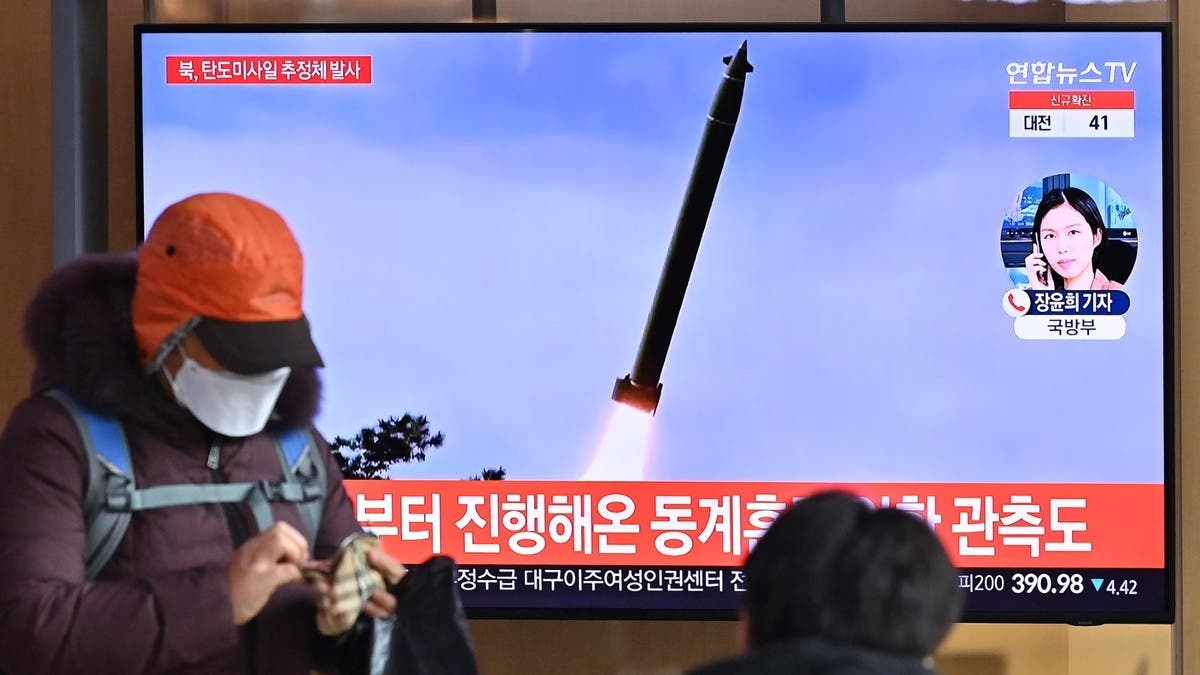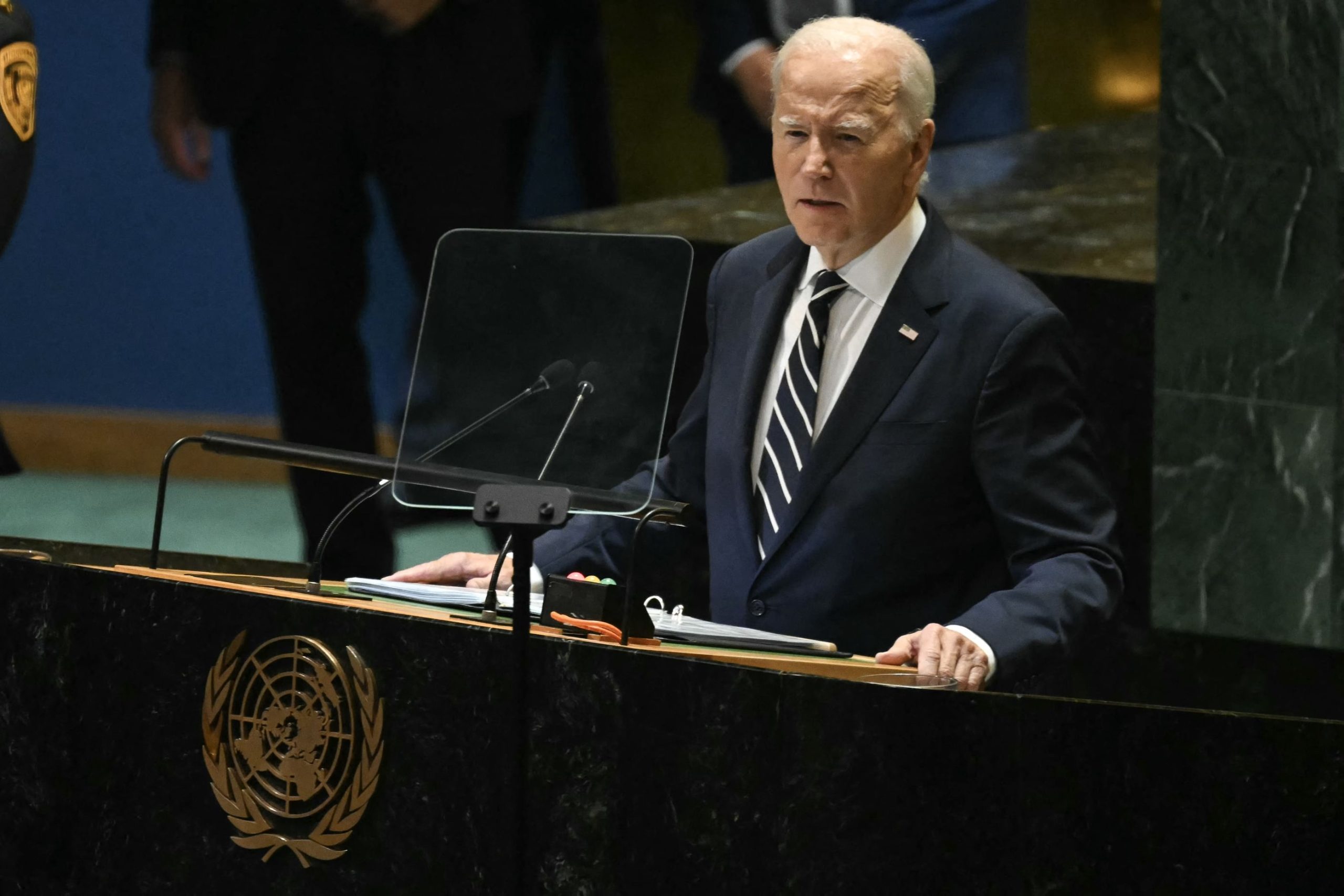North Korea test fired a “hypersonic missile” this week that successfully hit a target, state news agency KCNA reported on Thursday, as the country pursues new military capabilities amid stalled denuclearization talks.
The launch on Wednesday was the first by North Korea since October and was detected by several militaries in the region, drawing criticism from governments in the United States, South Korea, and Japan.
North Korea first tested a hypersonic missile in September, joining a race headed by major military powers to deploy the advanced weapons system.
Unlike ballistic missiles that fly into outer space before returning on steep trajectories, hypersonic weapons fly towards targets at lower altitudes and can achieve more than five times the speed of sound – or about 6,200 km per hour (3,850 mph).
For the latest headlines, follow our Google News channel online or via the app.
“The successive successes in the test launches in the hypersonic missile sector have strategic significance in that they hasten a task for modernizing strategic armed force of the state,” the KCNA report said.
In Wednesday's test, the “hypersonic gliding warhead” detached from its rocket booster and maneuvered 120 km (75 miles) laterally before it “precisely hit” a target 700 km (430 miles) away, KCNA reported.
The test also confirmed components such as flight control and its ability to operate in the winter, KCNA added.
The missile demonstrated its ability to combine “multi-step glide jump flight and strong lateral maneuvering,” KCNA said.
While it has not tested nuclear bombs or long-range intercontinental ballistic missiles (ICBMs) since 2017, in recent years North Korea has developed and launched a range of more maneuverable missiles and warheads likely aimed at being able to overcome missile defenses like those wielded by South Korea and the United States, analysts have said.
“My impression is that the North Koreans have identified hypersonic gliders as a potentially useful qualitative means to cope with missile defense,” said Ankit Panda, a senior fellow at the U.S.-based Carnegie Endowment for International Peace.
New missile
Hypersonic weapons are considered the next generation of arms that aim to rob adversaries of reaction time and traditional defeat mechanisms.
Photos of the missile used in Wednesday's test show a liquid-fueled ballistic missile with a conical-shaped Maneuverable Reentry Vehicle (MaRV), analysts said.
It is a different version than the weapon tested last year, and was first unveiled at a defense exhibition in Pyongyang in October, Panda said.
“They likely set up at least two separate development programs,” he added. “One of these was the Hwasong-8, which was tested in September. This missile, which shares a few features in common with the Hwasong-8, is another.”
The U.S. State Department said this week's test violated multiple UN Security Council Resolutions and poses a threat to North Korea's neighbors and the international community.
Talks aimed at persuading North Korea to surrender its nuclear weapons and ballistic missile arsenal have been stalled since a series of summits between leader Kim Jong Un and then-U.S. President Donald Trump broke down with no agreement.
US President Joe Biden's administration has said it is open to talking to North Korea, but Pyongyang has said American overtures are empty rhetoric without more substantive changes to “hostile policies” such as military drills and sanctions.
The latest test came just hours before South Korean President Moon Jae-in attended a groundbreaking ceremony for a rail line he hopes will eventually connect the divided Korean peninsula, casting doubts over his hopes for an eleventh-hour diplomatic breakthrough with North Korea before his five-year term ends in May.
Read more:
North Korea fires suspected ballistic missile in first launch of 2022
Russia test-fires 10 new hypersonic Tsirkon missiles from frigate, two submarines
Russia leads the world in hypersonic missiles tech, Putin says

 World3 years ago
World3 years ago
 World3 years ago
World3 years ago
 Business1 year ago
Business1 year ago
 Entertainment7 years ago
Entertainment7 years ago
 World7 years ago
World7 years ago
 Entertainment7 years ago
Entertainment7 years ago






